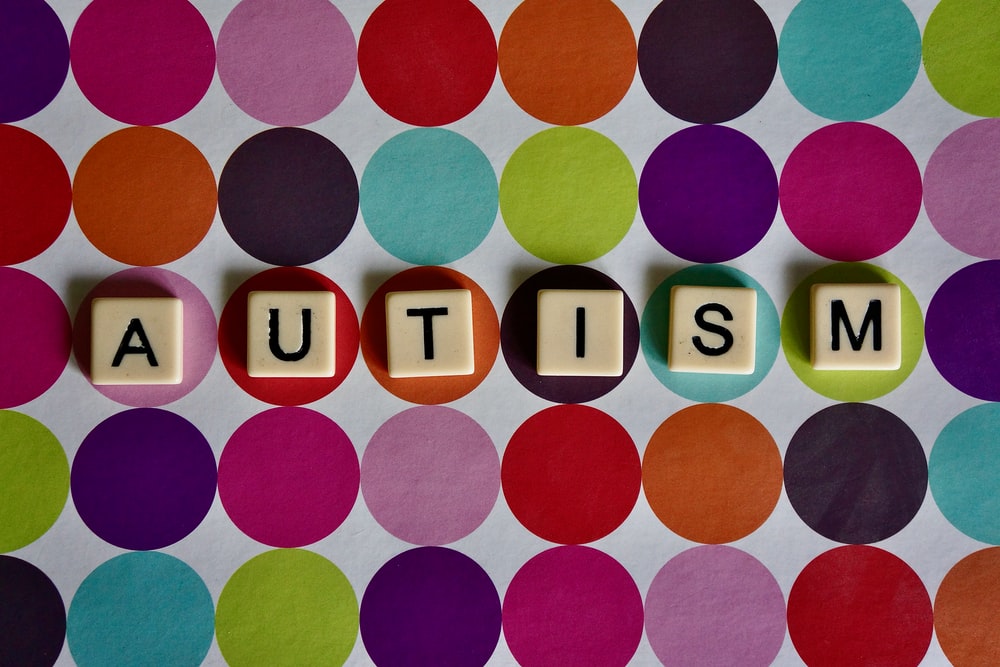
Applied Behavior Analysis or ABA is a form of behavioral health therapy that applies one’s understanding of behavior in real-life situations. This form of psychotherapy is commonly used to help children on all three levels of autism spectrum disorder (ASD) learn helpful behavior and unlearn or reign in harmful behavior.
To that end, here are the most common techniques applied by ABA behavior therapists.
1. Positive Reinforcement
Positive reinforcement is the practice of rewarding achievements. Therapists use this age-old technique to help children learning disabilities tell the difference between helpful behavior.
Thus, proper behavior is immediately followed by a reward to encourage it in the future. Not only that, but the child will also come to learn the right time to display such behavior in their daily life.
2. Negative Reinforcement
Negative reinforcement is the complete opposite of positive reinforcement and is used to discourage harmful or improper behavior. In this technique, therapists seek immediate correction of such attitudes through punishment.
The punishments are kept consistent to avoid distraction, and they’re given out right after the fact. This discourages future instances of poor attitudes and turns socially inept children into well-rounded individuals.

3. Discrete Trial Training
Discrete Trial Training (DTT) is a pretty common ABA technique in which therapists break down complex tasks into discrete units. They then introduce these units to the child, one at a time.
The acquisition of each unit is followed by positive reinforcement, which ultimately ends in the child learning the entire skill.
4. Naturalistic Teaching
Naturalistic teaching is the collective term used for a set of personalized strategies therapists come up with in real-time. This technique is based on the core idea that every individual within the autism spectrum is different. Since no two individuals within ASD are the same, no two strategies within naturalistic teaching are the same for two different individuals.
Naturalistic teaching is set within a child’s daily routine. It lets them set the pace of learning and puts the onus on the therapist to learn the child’s interests and reinforce—rather than impose—positive behavior.
So far, this technique has been very beneficial in helping children learn social and communication skills.
5. Pivotal Response Treatment
Like Naturalistic Teaching, Pivotal Response Treatment (PRT) is initiated by the child. It’s a play-based treatment that targets ‘pivotal areas’ instead of specific behaviors to nip all the problematic responses in the bud for good.
PRT is often an entire lifestyle adopted by a child and their entire family. The treatment involves activities related to:
· Language
· Social skills
· Self-management
· Response
· Motivations
The Best ABA Counseling Services in New Jersey
Find your child the best behavioral health services through the in-home ABA therapy provided by Comfort ABA: a mental health teletherapy service based in New Jersey. Receive individual and family therapy from the comfort of your home instead of subjecting your child to unfamiliar surroundings.
Get in touch with our behavior management consultants today.